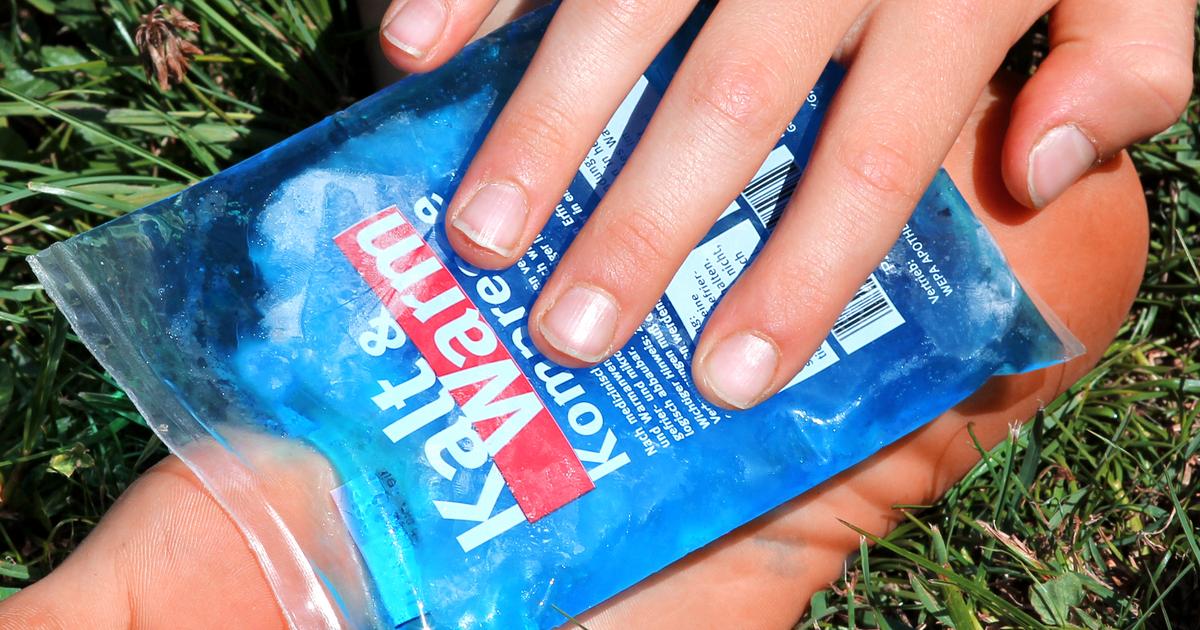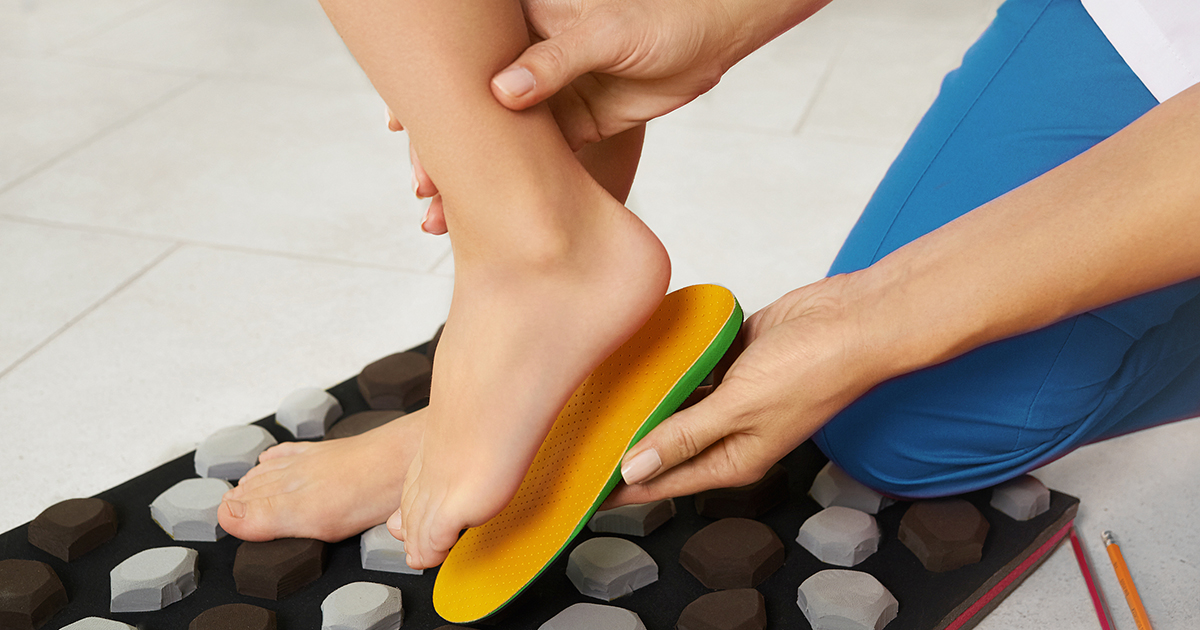Treatment Options For Sever's Disease
Sever's disease, also known as calcaneal apophysitis, refers to a syndrome of heel pain common in skeletally immature individuals. It mostly afflicts active children or adolescents going through puberty. It can also affect overweight adolescents, individuals who stand for long periods, and generally those who have legs of varying lengths.As children reach adolescence, their bodies undergo growth spurts, which can impact body parts with growth plates. For example, the heel has a growth plate known as the epiphyseal plate that sits at the end of the growing bone. Since the bones grow so fast during puberty, the tendons cannot keep up with speed and often become tight and impact stress on the heel. Over time, the repetitive stress to the heel causes a lot of pressure and can injure it, resulting in Sever's disease. Sporting activities like soccer and gymnastics increase the chances of developing Sever’s disease.
Symptoms include heel pain, limping, pain that increases with running or jumping, heel tendon that feels tight, and pain on squeezing the heel near the back. Let’s look at the available treatment options for Sever’s disease now.
Rest And Elevate The Foot

Rest is the best treatment for most injuries related to soft tissue. Patients will need to take a break from pain provoking activities like sports until the pain subsides. Full time resting during the recovery period is crucial to ensure complete healing of the affected heel. Sufficient rest helps relieve pressure from the heel bone, hastening the recovery process.
During this period, it is prudent to keep the affected foot in an elevated position. Patients can sit and prop their heel up in front of another chair with a cushion underneath it. Also, several pillows can be placed under the painful heel if the patient is laying down. The main reason to rest and elevate the foot is to ensure the heel is above the heart, thereby reducing blood flow to the heel. Regulating blood flow to the heel greatly helps in preventing swelling.
Learn more about how to treat Sever's disease now.
Ice Therapy

Ice therapy is a simple and effective method to reduce pain as well as swelling. Ice should, however, not be placed directly on the skin as doing so can lead to an ice burn. Instead, wrap ice with a cloth or a hand towel first to protect the skin. Further injuries to the affected area can prolong the healing time. The ice can then be left on the affected area for ten to twenty minutes at a time. Ice therapy can be applied to the afflicted heel the first time the patient experiences pain and then again after every two to three hours.
But how does it work? Well, the ice constricts the blood vessels, thus reducing blood flow to the affected heel. Once blood flow is restricted, the pressure is reduced, and as a result, pain and inflammation reduce as well. It also works by calming the nerves, which helps relieve pain.
Reveal the next option for treating Sever's disease.
Compression Socks

Specially designed compression socks are also available as a treatment method, which is more effective when combined with other techniques. Compression socks help to the pain and swelling associated with this condition, among many others. They are designed to promote better blood circulation in and out of the affected areas. Therefore, freshly oxygenated blood is supplied to the heel reducing discomfort and ensuring faster healing.
Besides, the blood circulation helps keep the muscles surrounding the affected heel warm, thus controlling fluid buildup in the muscles. Many individuals consider socks uncomfortable during the day when temperatures are a bit high. When that happens, does it mean this treatment method will not be favorable? Of course not! Compression socks are designed anatomically by medical professionals to ensure users experience maximum fit, unwavering comfort, and effectiveness. However, the compression socks should be worn without any folds on the skin as it can interfere with blood flow.
Keep reading for information on more ways to treat Sever's disease.
Supportive Shoes And Inserts

Doctors may recommend supportive shoes and inserts in a situation where the pain has become intolerable. The supportive shoes and insoles play an important role in protecting the foot during the healing period. Along with the supportive shoes are the inserts designed to relieve the discomfort of the shoes and also correct biomechanical flaws. Generally, the supportive shoes and inserts act like cushions that provide support to the sole.
Although Sever’s disease resolves quickly in some children, it can recur if there are no long-term measures taken to protect the heel during the child’s growth phase. One of the critical long-term measures is to make sure kids wear high-quality and well-fitting shoes. Besides orthopedic shoes, doctors may recommend shoes with open backs, such as clogs and sandals that don’t rub the affected heel.
Get the details on the next Sever's disease treatment method.
Medication

Over-the-counter pain relieving medications can be used to reduce the pain experienced on the heel. This type of medication works by blocking the production of prostaglandin chemical, which is responsible for pain sensation. It is, however, advisable to talk with a physician before purchasing pain medication to find the proper type and dosage.
In case over-the-counter pain medications cannot control the pain the patient is experiencing, it is essential to visit a doctor who can prescribe a stronger painkiller. Doctors strongly advise against the use of acetylsalicylic acid on children below eighteen years old, as it can lead to Reye's syndrome, which can be fatal.